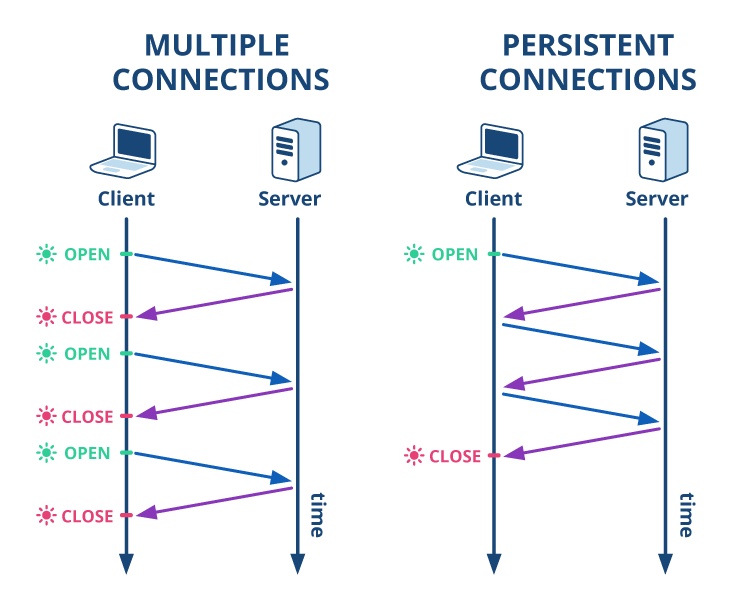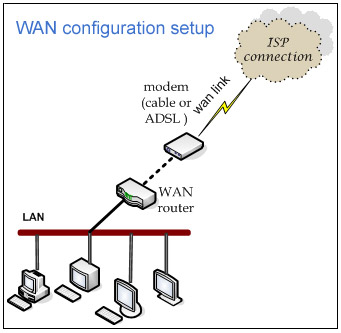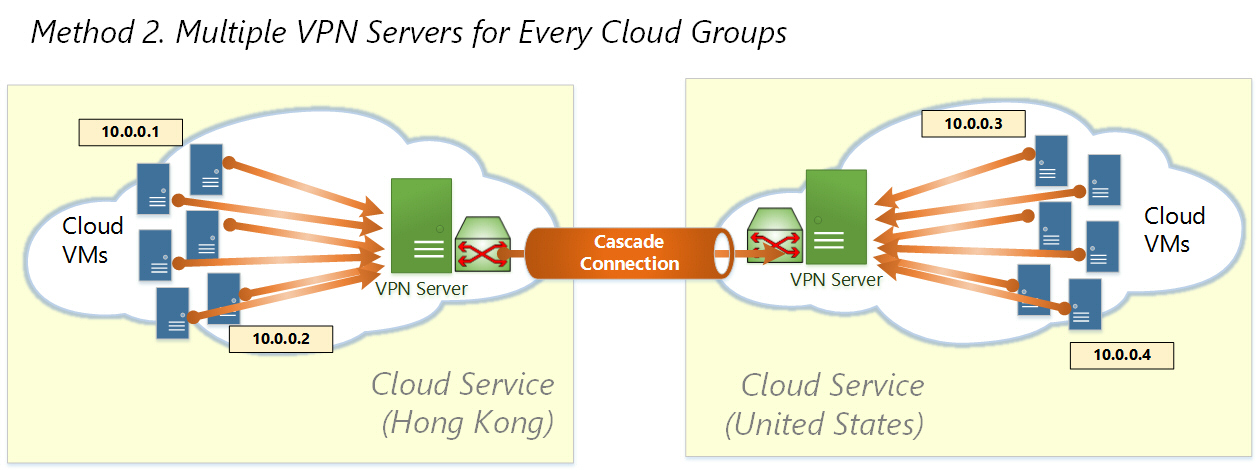

- MULTIPLE CONNECTIONS STRINGS FOR IDATABASE NPOCO INSTALL
- MULTIPLE CONNECTIONS STRINGS FOR IDATABASE NPOCO CODE
- MULTIPLE CONNECTIONS STRINGS FOR IDATABASE NPOCO FREE

The installation downloads are easy to find using a search engine. SQLite has the smallest footprint if disk space is in short supply.
MULTIPLE CONNECTIONS STRINGS FOR IDATABASE NPOCO INSTALL
You will need to install at least one of the database providers.
MULTIPLE CONNECTIONS STRINGS FOR IDATABASE NPOCO CODE
The MainWindow code is responsible for creating the ISpeciesManager, IDatabase, ISpecies, IImage, IImagePath and IConfiguration instances, thus isolating the views and view models from any knowledge of the implementation. The other providers support local and remote databases.
MULTIPLE CONNECTIONS STRINGS FOR IDATABASE NPOCO FREE
These are either free or, in the case of SQLServer, have a free version with restricted functionality. The application supports the following SQL providers: Thus modifying the code to use the Dapper ORM, for example, would be relatively straightforward, as the new code would simply implement the ISpecies, IImage, IImagePath and IConfiguration interfaces, and the existing views and view models would not need to know anything about the new component. These interfaces are implemented by classes in the PetaPocoAdapter namespace. The SpeciesManager class accesses each database table using ISpecies, IImage, IImagePath and IConfiguration interfaces. The ISpeciesManager interface is implemented by the SpeciesManager class, which knows nothing about the ORM. Thus the view models access the database objects by means of an ISpeciesManager interface, and know nothing about the nature of the database. The code uses inversion of Control (IoC) implemented using dependency injection to reduce coupling between components, and makes it easy to modify the code, for example, use a different ORM library.This avoids having database logic spread throughout the application. The code is extremely modular with the database code moved into a separate package.This separates the presentation (view) from the data displayed in the view (view model) and source data (model). The code is written using the WPF framework with the MVVM (Model View View model) pattern.The application uses a number of design principles to make the architecture flexible and maintainable. (The nature of the records is neither here nor there since this is a demonstration application.) The application uses the PetaPoco ORM to manage the creation and editing of database objects.

In this article, I present a WPF PetaPoco application which allows the user to edit fungal collection records. These include Dapper and PetaPoco, both of which are free to use without charge.

Lightweight alternatives to Entity Framework have been developed which, whilst less powerful, are almost as efficient as native ADO code. The best known ORM is arguably Entity Framework, which is powerful but very inefficient. These map each object in a database to a Plain Old CLR Object (POCO). However, adding the code to create and manage the tables can be rather tedious and repetitive, and many object-relational mapper (ORM) frameworks have been developed to simplify the task. Traditionally, a C#/WPF application would access an SQL database using the ADO framework. The application supports SQLServer, SQLite, MySQL and ProgreSQL database providers. Use of dependency injection to create a clean and maintainable architecture.Use of the PetaPoco ORM to create and maintain a database.This article presents a simple application which demonstrates the following:


 0 kommentar(er)
0 kommentar(er)
